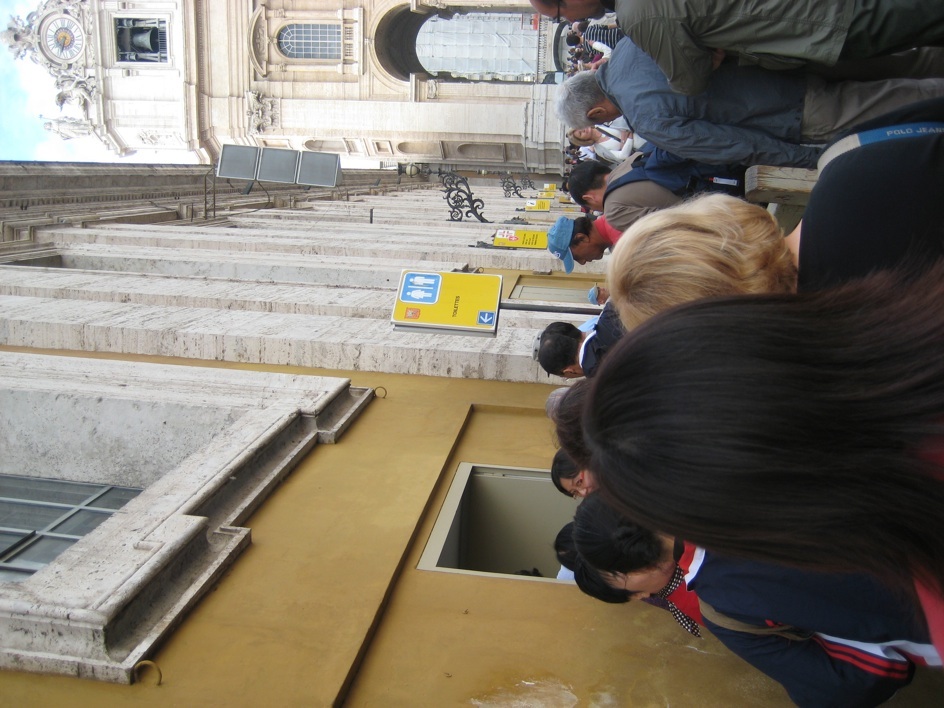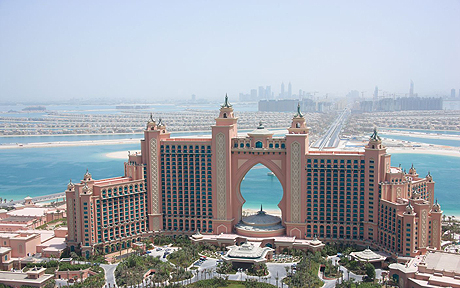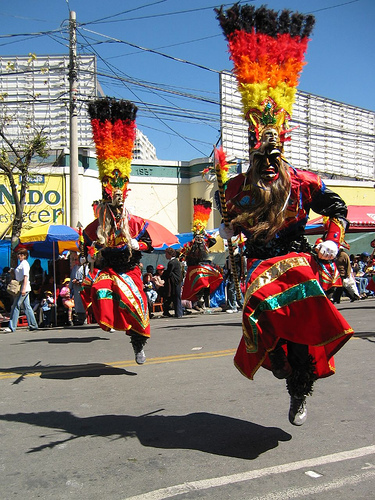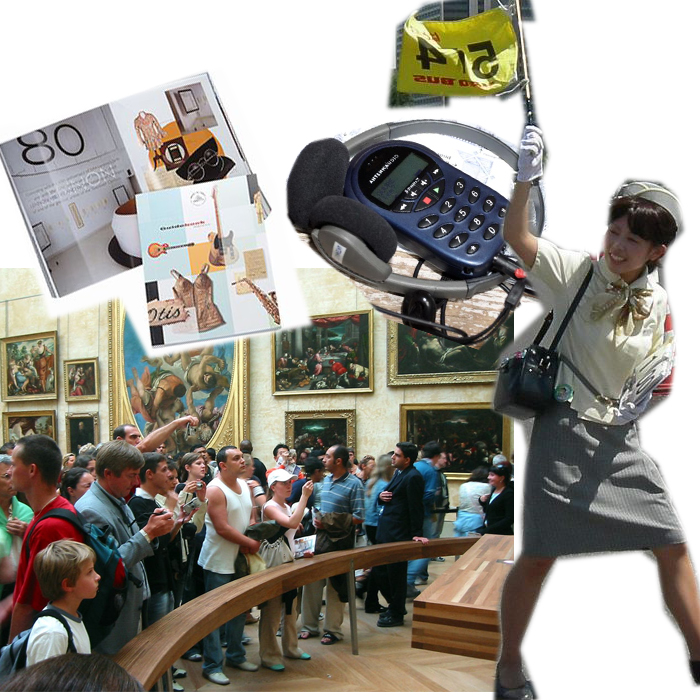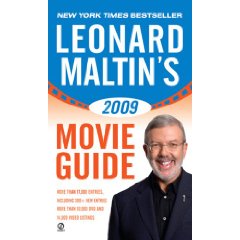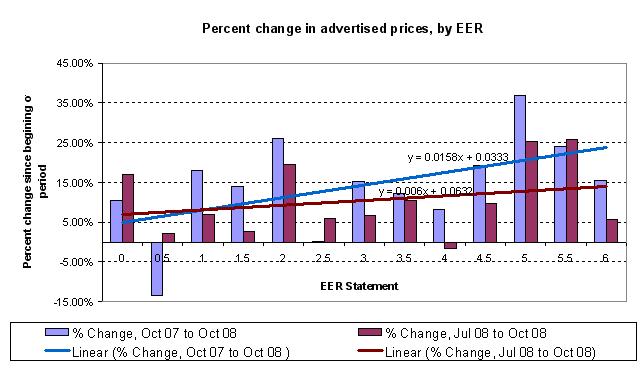Untrained Chefs being filtered into the Australian Hospitality Industry
I would like to introduce myself as the State Manager of Chefs On The Run NSW. I am not only a qualified Chef with over 14 years experience but also hold a Diploma in Food Science & Technology. As I am one of the meanest advocates for the Hospitality Industry I felt compelled to share the story that crossed my path this morning
I received a letter from a hospitality training provider this morning stating that one of our Kitchen Hands will be doing his Industry Placement of 900 hours with Chefs On The Run NSW so that he can complete his Commercial Cookery Industry Work Experience. Upon speaking to my staff member, I had to find out exactly what he expected COTR to be able to provide him with, as I stated; Unfortunately COTR can not give you experience as a Chef as you do not have enough experience working in a kitchen, and all our Chefs have anywhere between 10 to 20 years experience in the Industry. He replied, It’s okay, because I can do all of this placement as a Kitchen Hand.
It appears there is NO requirement for him to actually get work experience cooking! The industry allows him to complete his work placement requirement section of the course by washing dishes and mopping floors for 900 hours! How is this work going to give him the experience necessary to be a qualified Chef!
As you can imagine this comment rang huge alarm bells, with myself querying what the Government is doing about the abundance of Qualified Chefs that have NO experience. I do not understand how a cookery student can do his chef industry placement as a kitchen hand, and how the Government can allow this to occur
Please see below for my response to the Training Provider:
THE SENT EMAIL STATING
Dear Training Provider
I only just received your letter this morning, and to say the least, was a little surprised. Firstly, …. did not speak to me about doing his Industry Placement Hours with Chefs On The Run NSW. Unfortunately COTR will not be able to give …. industry placement as a Chef. The reason being that ALL our Chefs have anywhere between 10 to 20 years experience in the industry and …. just does not have enough experience to be placed into these positions. Also, as I am quite a mean advocate for this wonderful industry that we work in, I do not believe it to be kosher to place a newly qualified cooks into 900 hours of kitchen hand work as Industry Experience, so therefore will not be able to assess …. for any of his placement hours. I apologise to both yourself and …. for this, and hope that you are able to assist him with his placement in an operational kitchen where he can gain experience working as a cook.
Upon this discussion with all involved I took the liberty to contact other clients within the Industry (Quite large corporations) in regards to what they were seeing our there in the Industry, this is what I was told
These Cert 3 Chefs do not even know how to use a knife
I was recently asked by an apparent qualified Chef what asparagus was
This quailed Chef assured me that they had a plethora of knowledge about cooking, but when asked to make a Bechamel sauce they told me that they could not speak French
Now this is JUST the tip of the iceberg in regards to the horror stories circulating out there in the Hospitality Industry in Australia. I question the Government on it’s mentality of filtering untrained, unskilled chefs with absolutely NO experience or knowledge into the Hospitality Industry. What do they think it is going to create within the Industry? Is this one of the causes to the Unhygienic Practices in MANY kitchen we are facing on a weekly basis?
What is Australia doing about this issue? What is the Hospitality Industry doing about this issue? Please help a extremely passionate Chef get answers to these questions, let’s help Australia and the dying hospitality Industry that we used to be renowned for across the globe.

